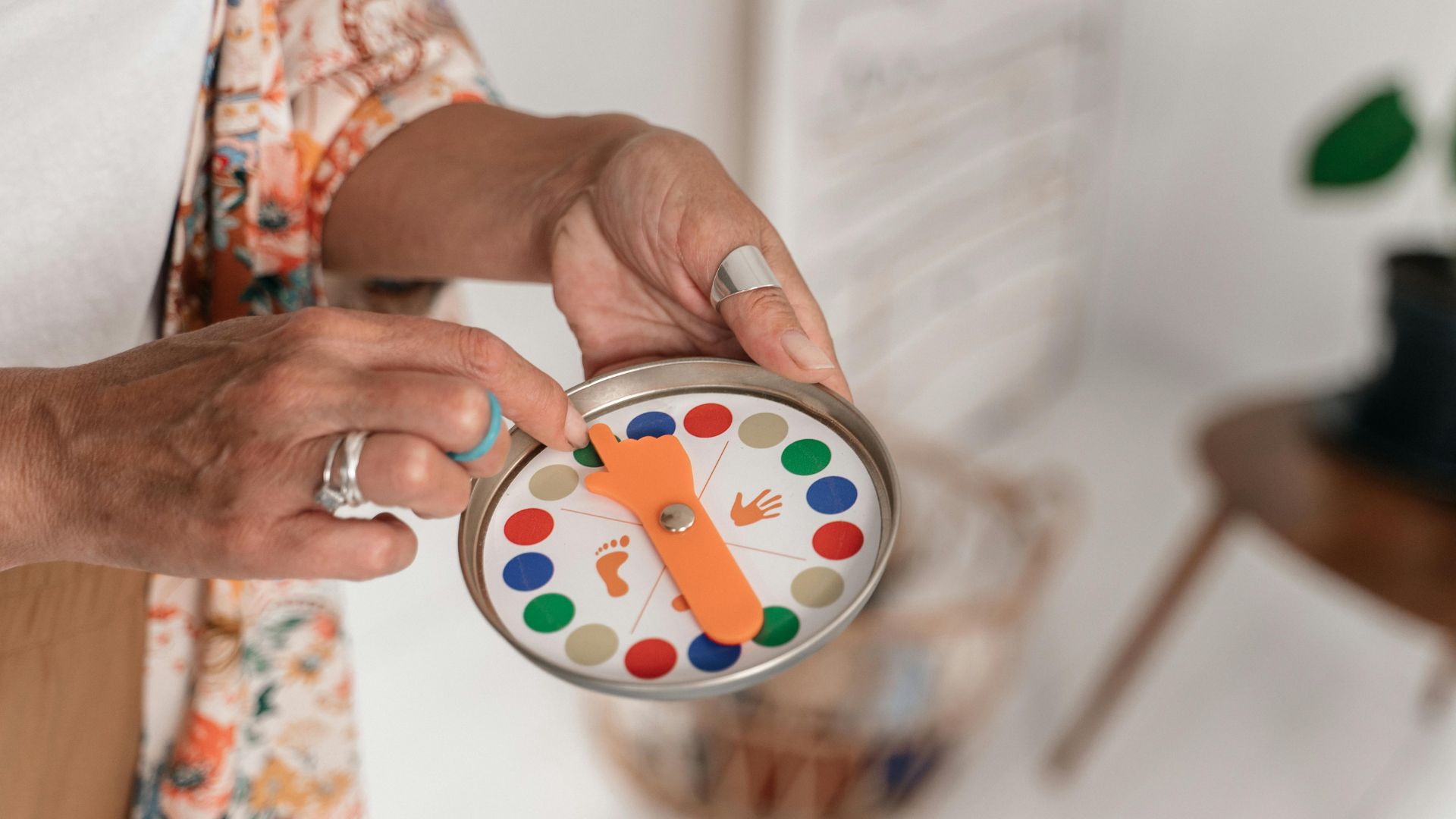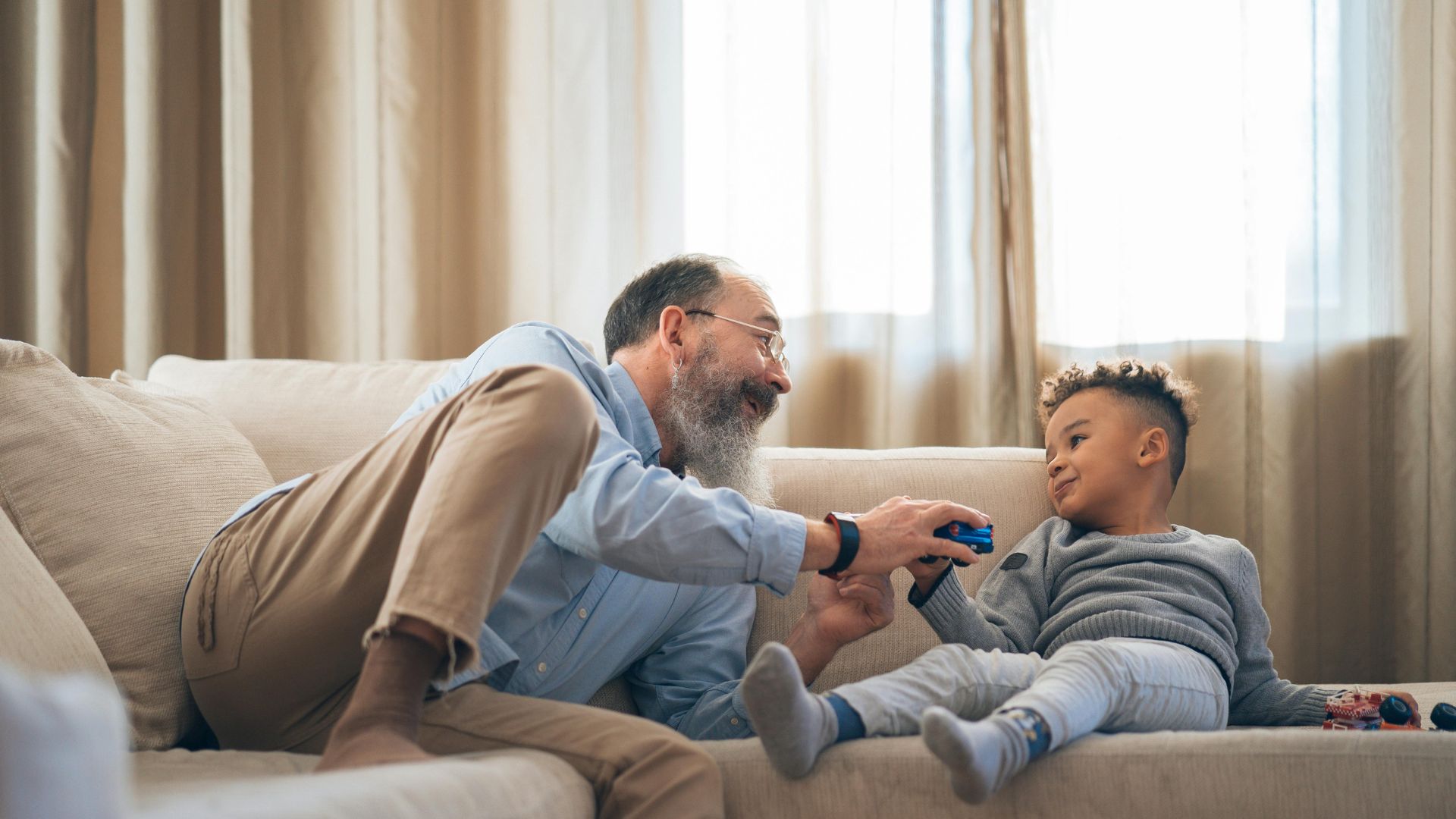How to Talk to Kids about Race Protests & Riots
by Katya Musacchio, MS, LPCA
Racially charged events over the past weeks, most notably the video-taped murder of George Floyd, have triggered protests across the country. For the past 3 months our community has faced the devastating effects of COVID-19. The disproportionate Black American fatalities underline the deep racial disparities that continue to exist in our society. In this age of easily accessible information, children are more aware than ever of the harsh, polarizing opinions that divide our country. Images of protest and riots riddle the news cycle. Children often have more access to highly publicized events than adults due to their proficiency with online social media platforms. The divide and the harsh images and rhetoric that accompany it can create increased anxiety, feelings of instability, and fear in our children. While race relations is a highly complex topic, experts agree that discussing the topic openly with children is both healthy and necessary.
Pick a time when you are calm and relaxed
We are living in incredibly stressful times for families. Children are like sponges. They hear and see everything. They sense our distress and anxiety. We are all multitasking to the nth degree. When discussing the highly charged topic of recent racial protests and riots, you will want to pick a time when you and your child are calm and relaxed. You will want to be present for your child and hold space to engage in a focused, meaningful discussion about what they’ve witnessed and how it has impacted them. Carving out time solely devoted to your child will likely have a stabilizing effect on them. They will feel heard and acknowledged which can lead to increased feelings of affirmation and empowerment. The temptation may be to squeeze in a quick check-in, but children can sense when adults are not fully engaged or focused.
Take the lead from your child and meet them where they are
While the content of your discussion will differ depending on the age of your child, communicating an authentic desire to understand the impact of recent events on your child is essential. Discussions with younger children may focus on basic facts about discrimination based on skin color and the work being done to create more equity. You may need to reassure children about their safety and security. With older teens, you may want to focus on how they feel about the protests and what they’ve seen on social media. Take the lead from your child and meet them where they are. Asking open-ended questions that require more than a “yes” or “no” will solicit more from your child. Providing a safe, supportive space for your children to ask questions and explore their emotional responses to the recent events is essential. Through open and honest discussion, children begin to sort out their thoughts and feelings. They may even develop their own action plan for how they wish to actively engage in the debate.
This initial conversation is about them, not you
Finally, it is important that parents resist the initial temptation to present their own opinions on race. Allowing your child to share their feelings, observations and understanding before you offer your opinion is important. Simply put, this initial conversation is about them, not you. You’re role is to listen, allow them to express themselves, and work to understand them. They may ask for your opinion, but really, the important question is why are they asking for your opinion? From where does the need to know your opinion stem? Offering facts, not opinions, to the discussion is helpful, however. And, while often hard for parents, admitting that you don’t have all the answers is crucial and contributes to a more honest discussion. It is ok not to know. You may decide to do some outside research to demonstrate to your child the importance of gathering information prior to forming opinions. As the saying goes, actions can speak louder than words. Uncertainty and lack of knowledge breeds fear, whereas knowledge can empower.












